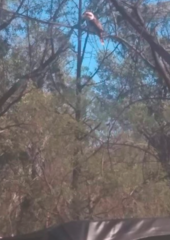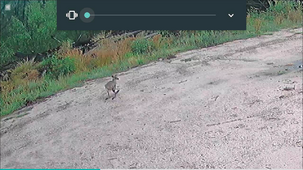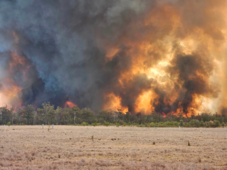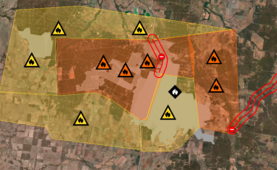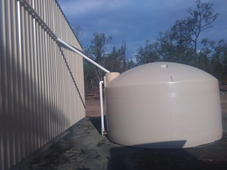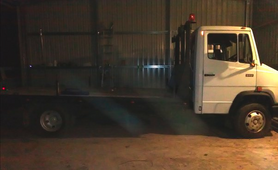The canopy looks wonderful from the drone. How much will you have to clear to get good access for your solar panels? We ended up building a "solar farm" in our pasture to avoid cutting trees down around the house. Of course, trenching for the wires made me eye a couple of trees with suspicious animosity.
We aren't trying to go off-grid so much as just NOT use grid power unless absolutely necessary - and even then - DON'T.

Building a remote home with the intent of being completely disconnected must take a lot of planning and hard work. I'm eager to learn of your progress and decisions you make.
The required minimum here is minimum 10m all around the structure (shed or house) of cleared, non burnable surface (so no trees or bushes within that 20m)- with a minimum of 2m around the base of the structure itself of inflammable material (gravel or concrete) after than 'manicured lawn' is acceptable up to the 10m...
So there is a pretty good clearance for sunlight anyway
This was the clearing for the shed, you can see the star pickets that marked the sheds corners (the shed itself is 9m x 21m
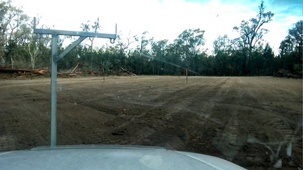
at the shed that leaves the ground mounts shadowed only for an hour or so of each morning and afternoon
(the panels right up the top were the ones from the 'camp site' and have never been hooked up, just dragged to the shed after the campsite was abandoned...)
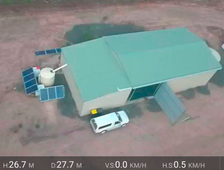
I can easily drive a semi-trailer in circles around the shed...
The house itself will have the panels roof mounted for maximum height (ground level panels are a pain- need regular cleaning unlike roof panels- most dust is carried at less than a metre or so by the wind) and with its highset center roof (which will have the panels mounted on it), the east and the west panels will be basically at treetop height to begin with... north are lower, but there will be a larger yard in front anyway, so that makes the shadowing nonexistent on them...
Just gotta turn this
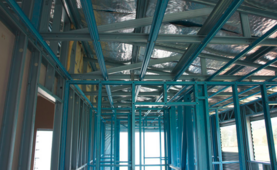
into this...
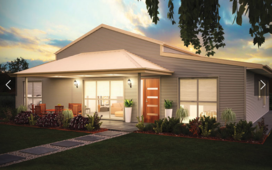
Those bushes are a nono in BZF rated area though... (and mine is the same 'colour scheme' as the shed...) and my 'front verandah' is a flat roof design stretching across most of the front to shade the two front bedroom windows from the sun ie from outside window edge on the left to outside window edge on the right and at a much shallower angle- basically the back will be just under the flashing above the windows at their edges, and the front pretty much at the same height as shown in the manufacturers pic...
Currently 6 of those 7 panels up above are running the caravan and the shed, 750w north and 750w west- that gives me about 7-8kwh a day, ample for the van and shed (the 4th panel on the north array is separate and runs a UV sterilising bulb and 'stirrer' water pump directly from the panel to keep the drinking water in the smaller tank fresh
Even on only 1.5kw of panels- I do all the cooking on electric, and run everything purely from solar
My total system, still sitting in the shed mostly, will have a total of 18kw on the houses roof, 6kw east, 6kw north and 6kw west, giving me almost 100kwh a day in generated power- and only cost me $17500 with a 12kw limit, against paying $42k for a 8kw mains connection from the street outside (restricted to only 8kw due to it being a SWER wire out there- decisions, decisions- under $18k for 12kw with no bills, or $42k for 8kw and (large and ever increasing) bills...(with regular blackouts...)- my driveway from the road out the front to the shed is 550m long (I can hit the state speed limit in the driveway in my tilt-tray lol- from a standing start at the gate...)- running lines to that from the street (totally at my expense) isn't cheap...
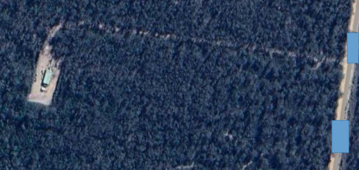
Tough choice lol
(see
Post your ground mount thread) for more about the temporary setup

